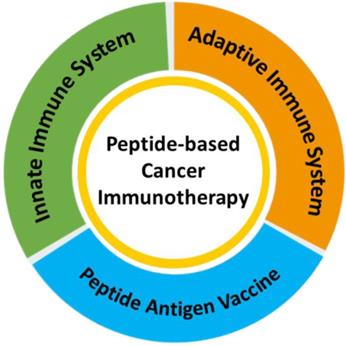
Risk management is pivotal in healthcare, encompassing many strategies to minimize potential harm to patients and staff. The intricacies of this process involve a dynamic assessment of probable hazards, the implementation of preventative measures, and continual monitoring to ensure the efficacy of these protocols. It stands as a vital pillar in the foundation of a resilient healthcare system. Keep reading to navigate the complexities of this essential topic and learn how to foster a culture of safety and improvement in healthcare environments.
Key Principles of Risk Management in Healthcare
Risk management in healthcare involves systematically addressing potential threats that can negatively impact patient care and safety. Practitioners and administrators must maintain a proactive stance, continuously identifying and analyzing areas of potential vulnerability. From malpractice suits to data breaches, the scope is vast, demanding strategic planning and implementation of safeguards.
One core principle is to cultivate an organizational culture that prioritizes risk awareness. This means encouraging open communication among staff at all levels about the risks they encounter and the lessons learned from near misses or incidents. Education and training programs are not mere formalities but critical tools to enhance awareness and empower staff with knowledge and responsibility.
Assessment and quantification of risks form the foundation of an effective management strategy. Healthcare providers employ various methodologies to evaluate the severity and frequency of potential events, ensuring that they direct resources to areas most at risk. This step is often intricate, dealing with both tangible and intangible elements of healthcare provision.
Lastly, it is advisable to consult the Emergency Care Research Institute (ECRI) for its comprehensive resources and expertise in identifying and addressing potential risks. Their guidance supports healthcare institutions in developing a nuanced approach to risk management, ensuring patient safety and quality of care remain at the forefront. For more information, visit https://home.ecri.org/.
Identifying and Assessing Risks in Healthcare Settings
Identifying risks is a dynamic process in healthcare settings that requires constant vigilance and a thorough understanding of operations. Teams must monitor procedural deficiencies that could lead to patient harm or compliance violations. This ongoing process is vital to maintaining a safe environment for patients and staff.
Risk assessments utilize qualitative and quantitative methods to evaluate the probability of adverse events and the potential repercussions. Professionals meticulously analyze historical data, incident reports, and even patient complaints to detect patterns that could indicate underlying risks. This evaluation informs decision-makers, allowing them to prioritize issues that demand immediate attention.
Collaboration between interdisciplinary healthcare teams is crucial to the risk assessment process. Nurses, physicians, administrators, and support staff offer diverse perspectives on operational challenges and patient care practices. Such collaboration ensures a comprehensive approach to identifying risks and developing sound mitigation strategies.
Technology plays an integral role in monitoring and detecting risks in healthcare. Advanced analytics and real-time data provide healthcare professionals with tools for early identification of risk factors. These technological systems enable prompt response to potential threats, minimizing the possibility of harm.
Lastly, after identification, the assessment phase involves scrutinizing each risk to understand its origins and potential impact. Healthcare professionals must determine the magnitude of each risk and develop a stratified response that aligns with the severity of the potential outcomes.
Strategies for Mitigating Risks and Enhancing Patient Safety
Effective risk management depends on implementing comprehensive strategies to mitigate potential hazards and enhance patient safety. This demands the deployment of precision-focused interventions to eliminate the root causes of risk. The goal is to prevent adverse outcomes before they transpire, preserving the integrity of patient care.
Cutting-edge technology is critical in risk mitigation, providing healthcare professionals with robust tools for monitoring clinical environments and patient health. Electronic health records and decision-support systems are instrumental in tracking patient data and identifying abnormal trends or deviations that signal risks. Proactive use of such technology ensures potential issues are addressed expediently.
Healthcare facilities prioritize developing and enforcing strict protocols for infection control, medication prescribing, and surgical procedures. Staff adherence to these protocols is fundamental to minimizing errors and preventing patient harm. Therefore, a meticulous approach to care consistency is not just recommended but essential.
Regular training sessions and simulated crisis scenarios equip staff with the skills and knowledge to handle unforeseen events effectively. Continuous education fosters a prepared and resilient workforce capable of delivering high-quality care even under duress. It’s about embedding a culture of readiness and perpetual learning.
Altogether, effective risk management in healthcare hinges on a proactive and comprehensive approach that integrates risk identification, assessment, and mitigation strategies. By fostering a culture of safety, leveraging advanced technology, and prioritizing continuous education, healthcare institutions can significantly enhance patient safety and overall care quality.
Write and Win: Participate in Creative writing Contest & International Essay Contest and win fabulous prizes.


